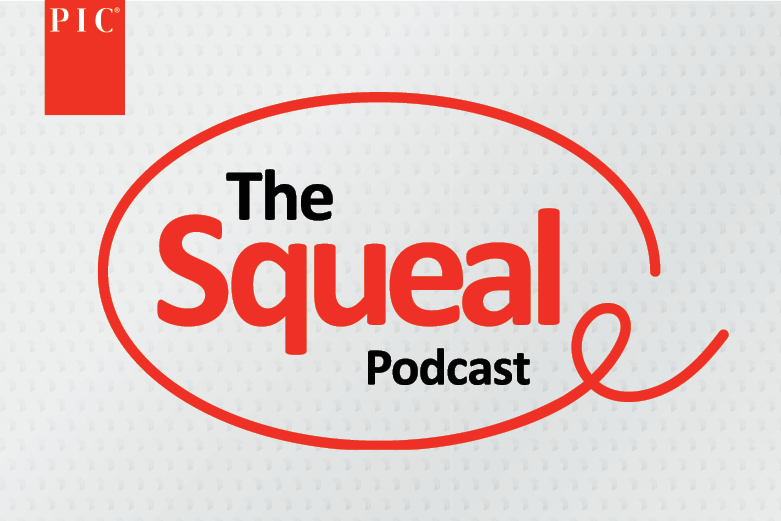PIC’s new genetic traits, paired with improved sow body condition management recommendations, drive robustness progress and sow longevity.
Justin Holl, Product Development Director & Dan Hamilton, Technical Services Director
A robust sow is the gold standard. She’s healthy and productive – living a long life and producing offspring that do the same.
We want more sows just like her, so we focus on the equation for robust sows: Genetics + Environment + Management = Robustness. Seems simple, right? But each part of the formula can be tweaked to maximize results.
With the end goal in mind, our focus is making each part of the equation the strongest it can be. We’re driving genetic progress with enhancements to the PIC Camborough® and reshaping sow management standards to produce robust results.
Genetic progress: A key formula tweak
Reproduction, lameness and pelvic organ prolapse (POP) are top reasons sows leave the herd1. Knowing this, PIC has developed three industry-first genetic traits to enhance the Camborough’s position as an industry leader:
1) Reproductive success
2) Digital structure, and
3) POP reduction.
These traits are monitored in PIC’s Elite Nucleus Farms, multiplication and commercial test herds to better understand trait inheritance and genetic relationships to build stronger genetic lines. These data sources represent thousands of phenotypes and, when combined with genomics, lead to the success of Camborough® in the real world.
The reproductive success trait is a historical first for the swine industry. It was created using involuntary cull reasons, including sows that did not show heat, conceive or farrow. Involuntary culling decreases a producer’s ability to make other proactive decisions, so minimizing culls for reproductive reasons is critical. This trait gives the swine industry the power to do just that.
Improving leg scores can improve sow retention rates, and it’s what the digital structure trait was designed to measure. Although PIC has been selecting for leg structure for decades, PIC was the first to incorporate the power of computer vision, also known as digital phenotyping, to assess physical traits. Data collected from PIC farms using digital phenotyping technology showed three times greater heritability than what was previously understood by traditional manual leg scoring. Ultimately, PIC is using digital data to more accurately predict longevity.
Although much attention for sow longevity has historically focused on structural soundness, greater attention has recently been focused on POP reduction. From a selection standpoint, this was initially addressed through perineal score culling and removing progeny from POP dams. In 2022, PIC was the first to establish a routine genetic prediction of POP risk using pureline data from nucleus and multiplication farms, genomic information and actual crossbred daughter data from commercial test farms.
Once established, these new sow longevity traits have been quickly adapted and implemented across genetic farms to lower genetic risk for involuntary removal. At the same time, these traits were added to the selection index to ensure continued trait progress in each future generation.
Progress on new and old traits has paid off. PIC has enhanced the Camborough® to record levels of productivity. Her farrowing rates, total born, and non-productive days have improved. This underlines the importance of driving genetic progress forward to create more productive sows.
The other equation tweak: Management
Genetic improvements are part of the equation. Evolving management in gilt development, individual sow care and body condition is also essential to advance sow robustness and, in turn, lifetime productivity. Management improvements can also create impact sooner than relying on genetics alone.
Focusing in on body condition, data from 1,028 U.S. sows showed that thin sows had a greater POP incidence compared with ideal and fat sows combined (5.8 v. 1.76% POP incidence respectively, p < 0.001).2 This research and many customer validations highlight the opportunity for producers to get more sows in ideal body condition to mitigate POP risk and enhance robustness.
PIC recently updated its caliper ranges to account for faster and leaner-growing modern sows. These ranges also conveniently correlate with feeding recommendations to help build or maintain body condition and mitigate POP risk.
Need help with nutritional management of body condition or management of your herd’s genetics? Reach out to PIC’s technical services team.
Uncover more sow genetic line advancements here.





